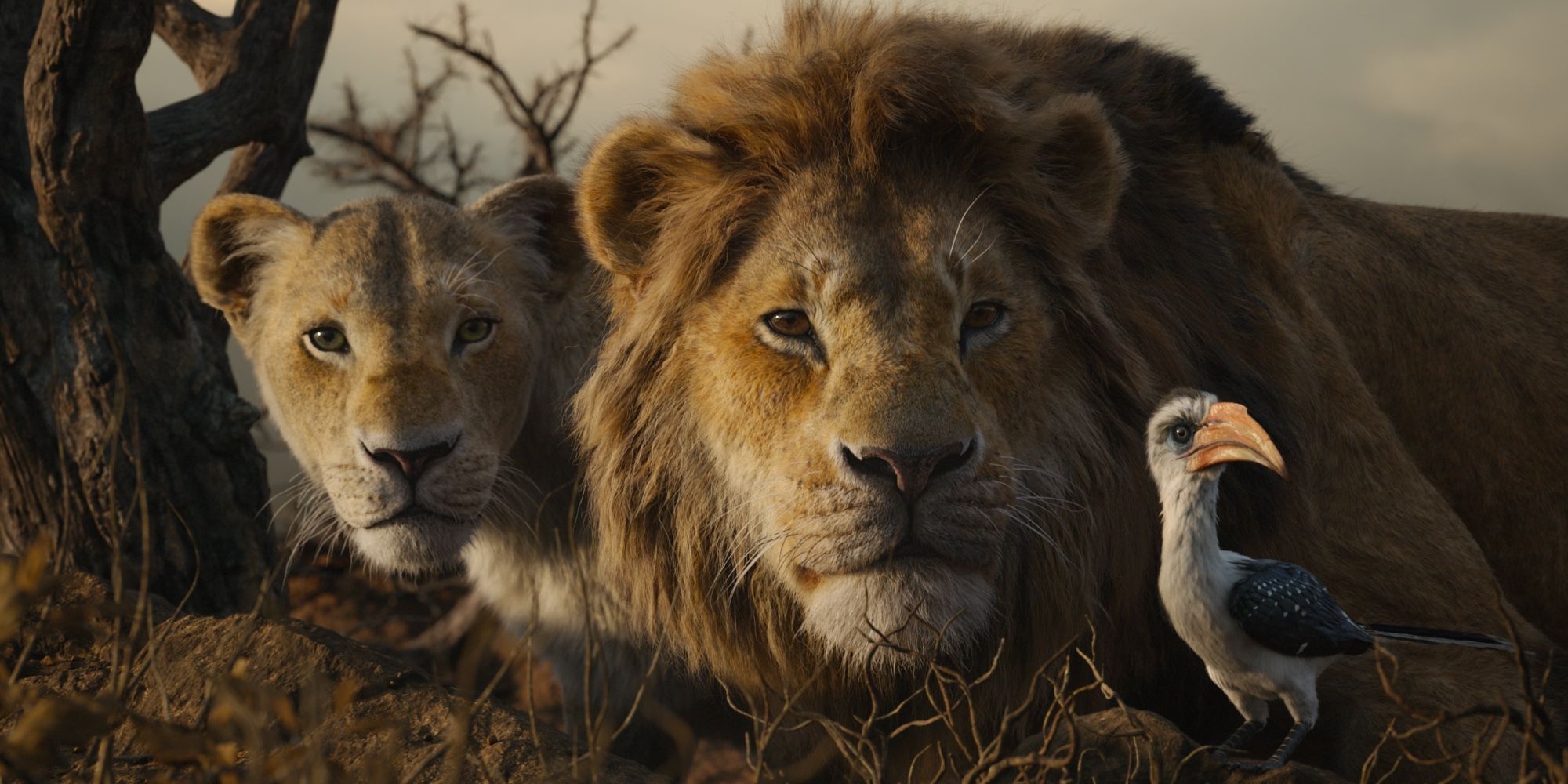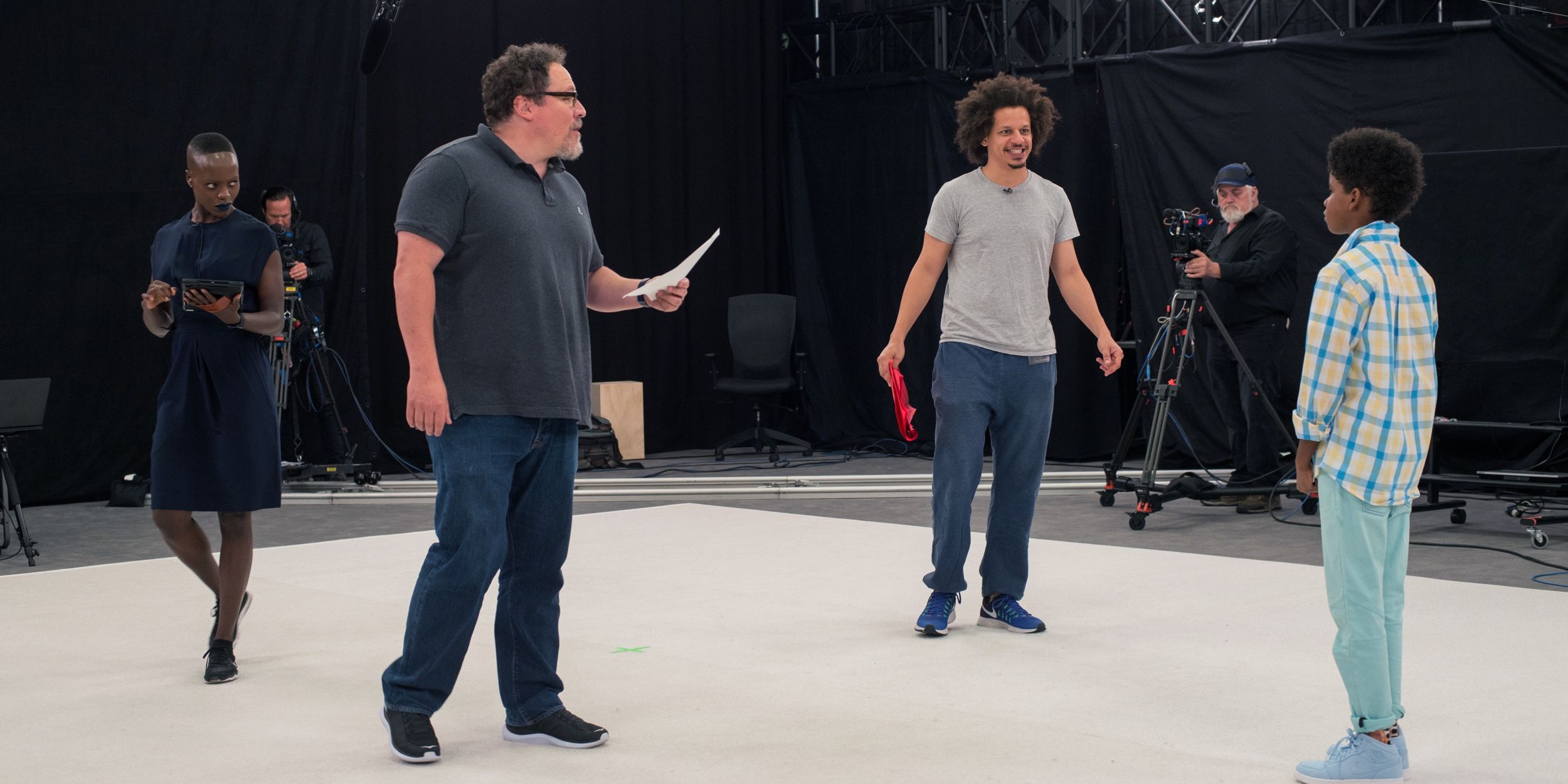Disney has been reaping the box office benefits of their live-action remake strategy with the success of this year’s The Lion King. Despite not technically being an live action film itself, the movie broke box office records for both Disney remakes and animated films with its opening weekend. It has also been dominating water cooler (waterhole?) conversations with talk of its stellar visual effects.
Many films have been the talk of the town due to their visuals, but the technological advancements of The Lion King call to mind another behemoth blockbuster: Avatar. During a set visit to the Disney remake, virtual production supervisor Ben Grossmann used the world of Pandora as a jumping off point to explain the journey from computer screen to big screen.
“Avatar solved the problem of: how do you film a movie that usually gets created with computer graphics in a computer?” Grossmann posited. “And so, we put computer graphics into the Cinematographer's Monitor so that they could use more traditional equipment to see the movie.“ That solution worked wonders for Avatar, which remained the highest-grossing film for a decade before Avengers: Endgame took the crown.
But how did The Lion King change up this process? “What we're doing is we're putting the filmmakers inside the monitor,” Grossmann explained. “So now, they can put on a VR headset and be in Africa or on the Empire State Building or on the surface of the Moon, so that they can walk around and see and feel the film making process with all the equipment as though they were there.”
The journey to making The Lion King’s filmmaking process “like the real world but with superpowers” was a complicated one, but that didn’t make it any less enjoyable for the artists behind the magic. One of the most exciting parts of working with a virtual reality world was having to make it as interactive as a real one. That meant putting not only objects and locations into it, but also characters.
“Since we have these artificial worlds that we're creating, then there's no reason you wouldn't want artificial life,” the visual effects supervisor said. Artificial life requires artificial intelligence, which helped translate the vision inside director Jon Favreau’s mind into a virtual world that Grossmann and his visual effects team could play with. As an example, The Lion King’s AI technology could apply what it’s been fed about animal skeletons and apply it to the game engine character models in order to make one of the characters walk or run in a certain way.
That basic walk can add have a little flavor added to it, allowing the animator to incorporate a certain style that the artificial intelligence program can mix into the already established simulation. In that way, the film creators not only crafted realistic lions that moved as their real counterparts do, but also incorporated some of Timon and Pumbaa’s signature behaviors for the next generation to appreciate.
Furthermore, this revolutionary style of storytelling could have a direct effect on not just how animated or CG production is done in the future, but also on new stories from The Lion King universe. As Grossmann pointed out, the virtual reality doesn’t stop running when the camera shuts off. “You create a world where characters have personalities and they have motivations to do different things, and then essentially, you can throw them all out there like a simulation.”
Both Avatar and The Lion King have helped build movie worlds with a wider universe that is open to interpretation, so a video game based on Nala’s journey when she set off to find Simba could be crafted from the same material in the film itself. If that’s not Disney magic, what is?


